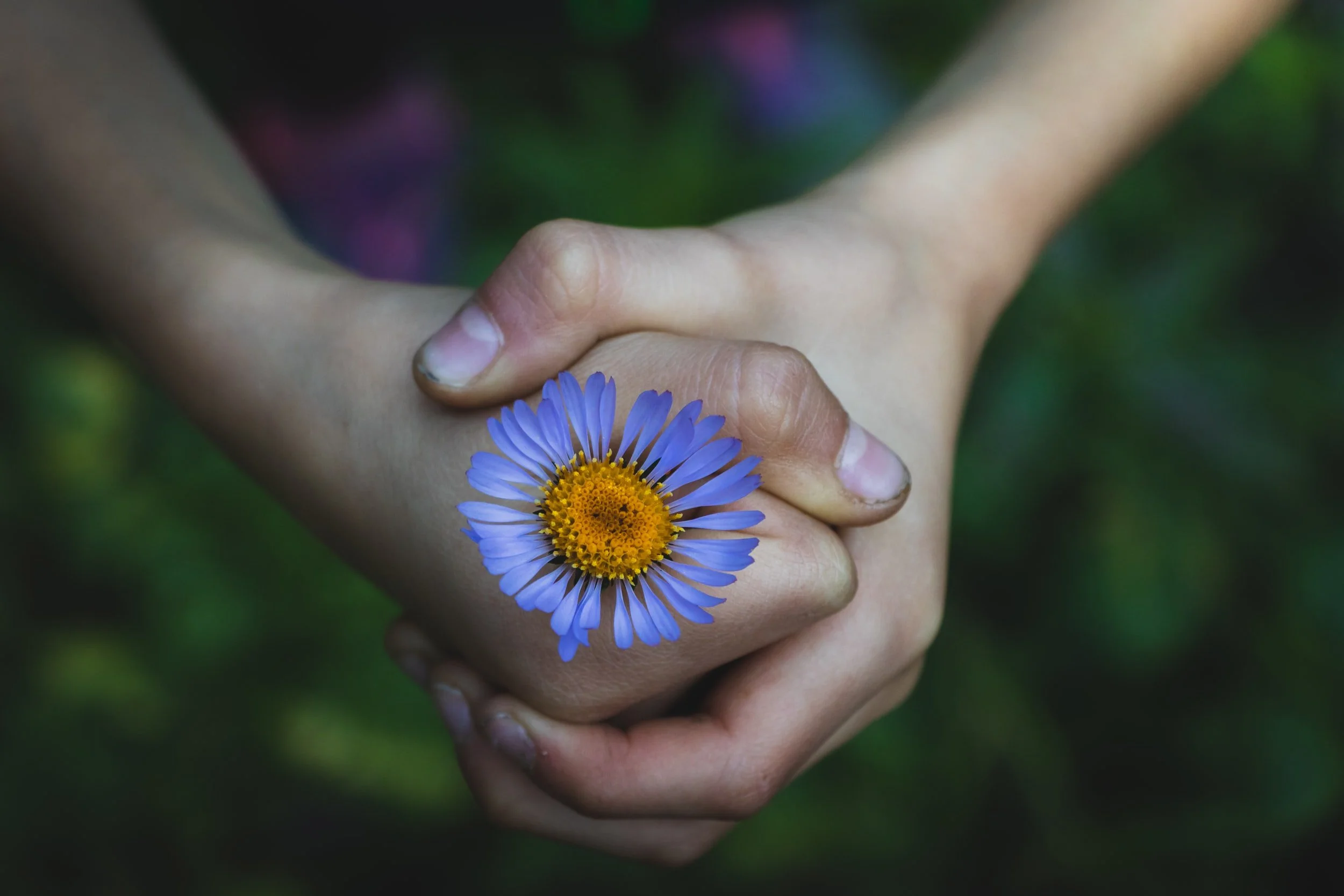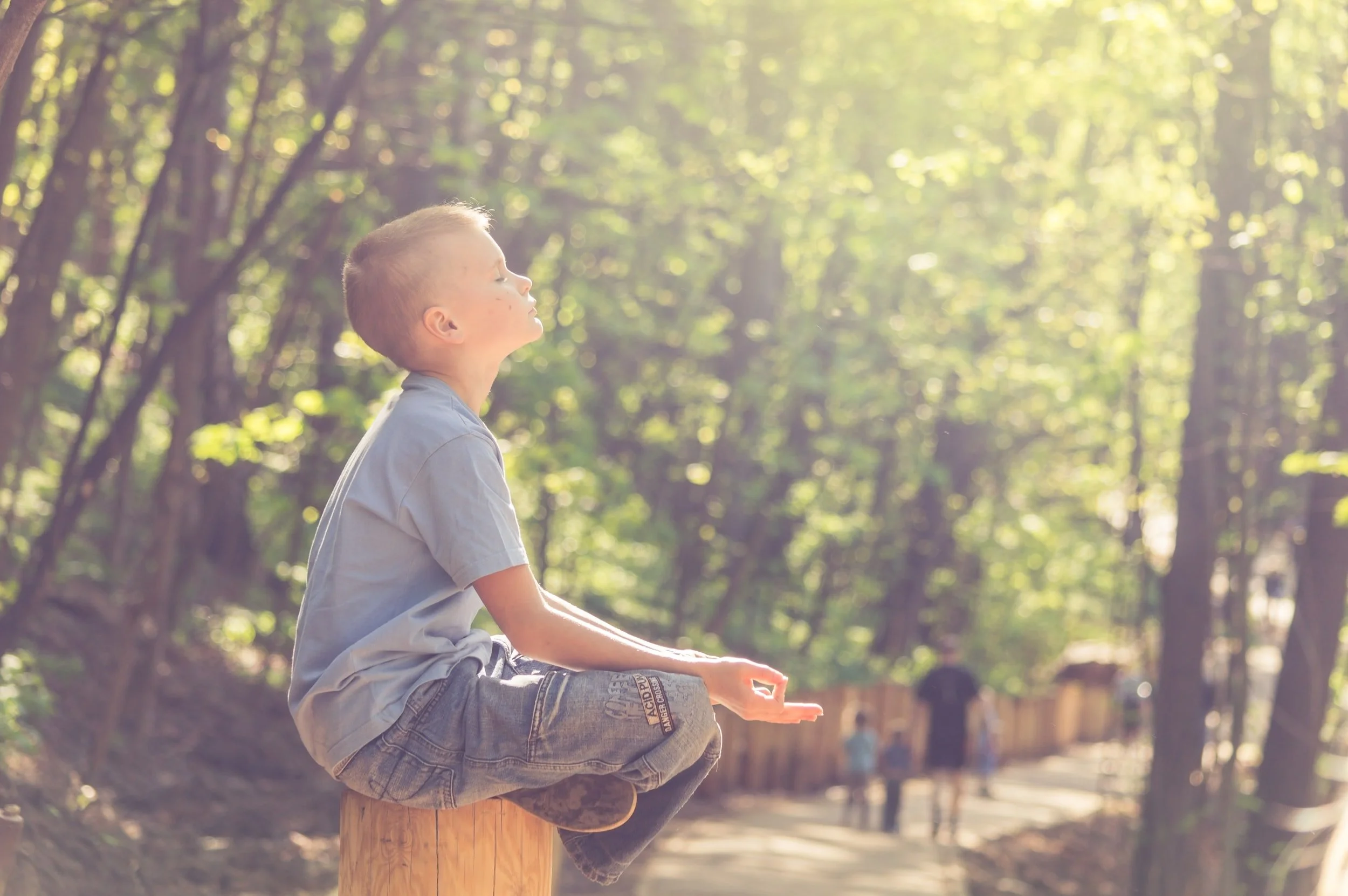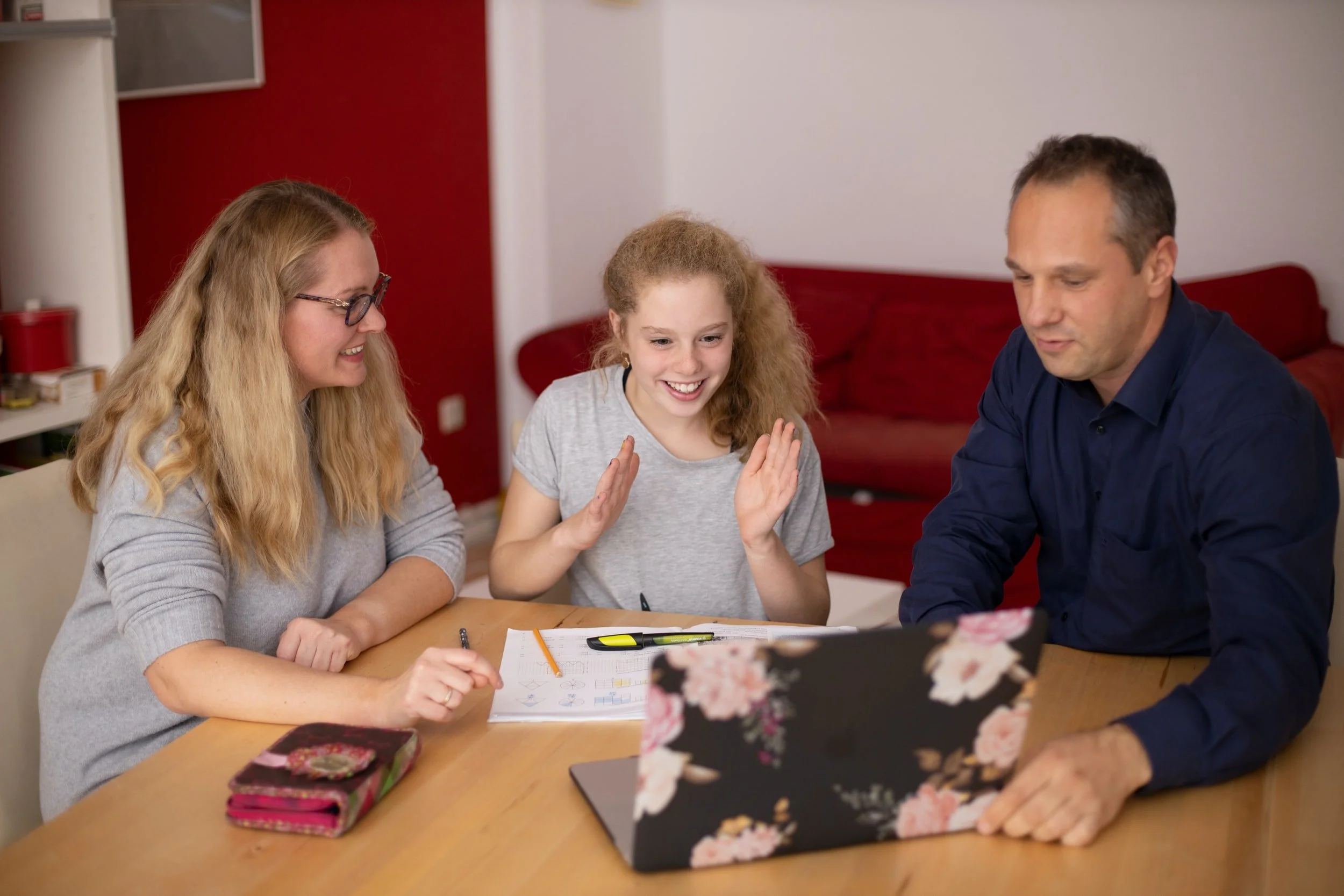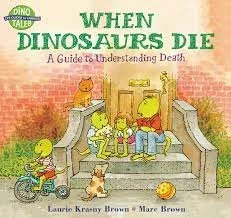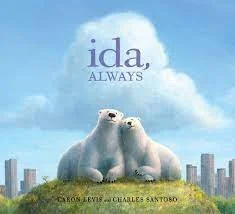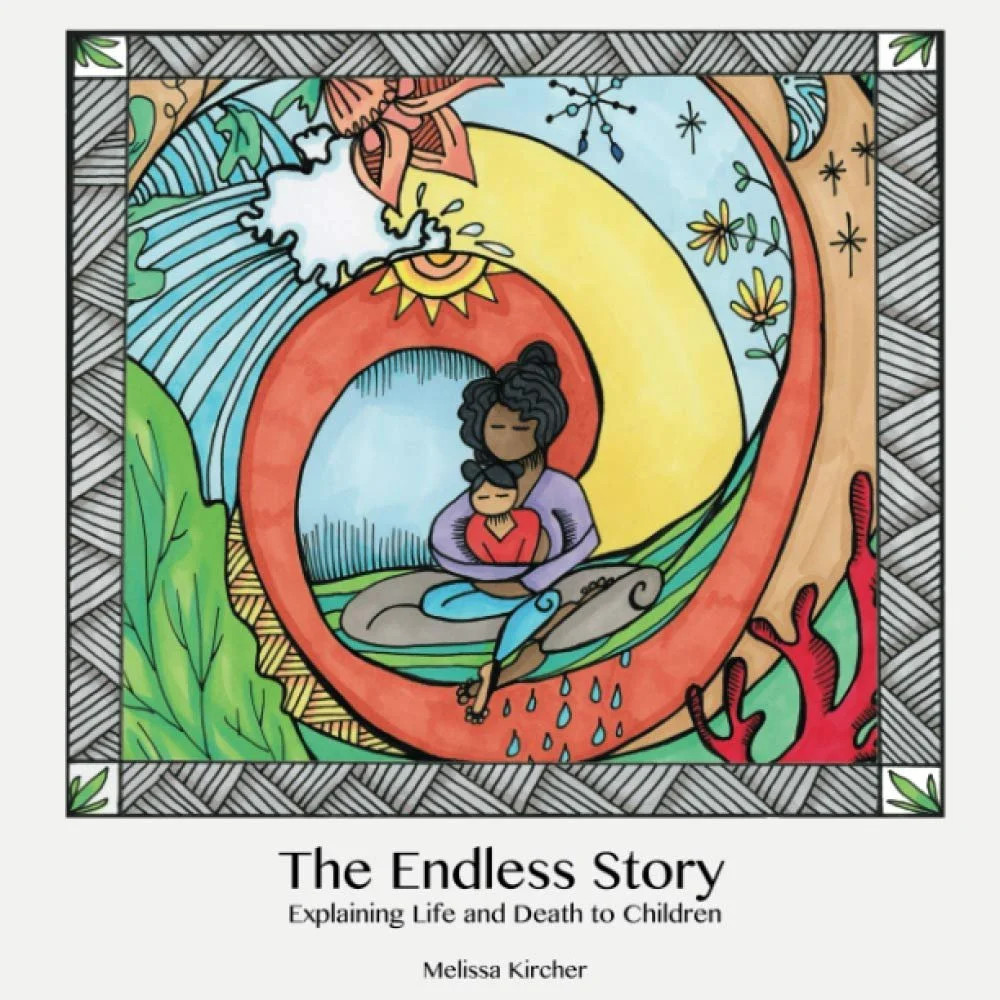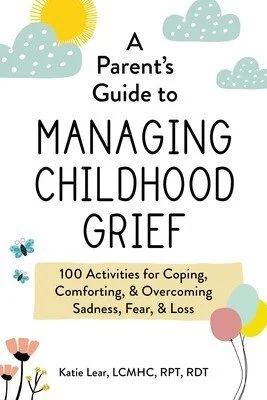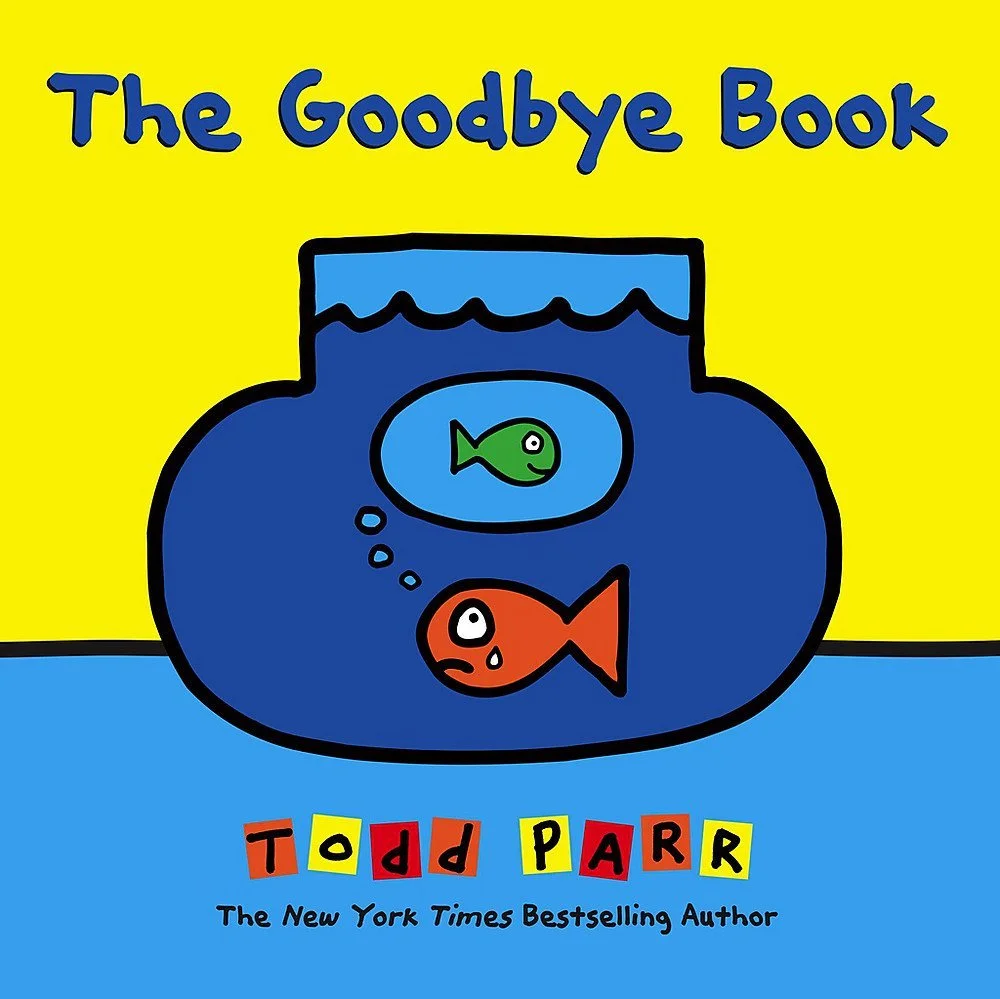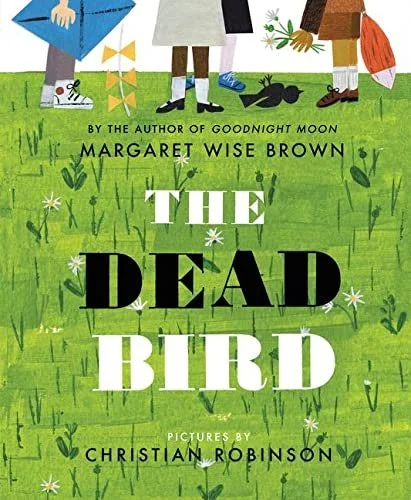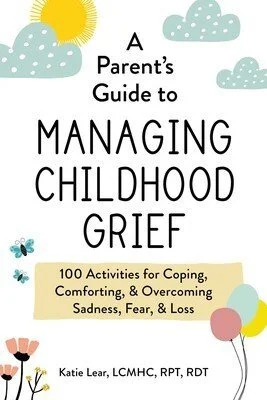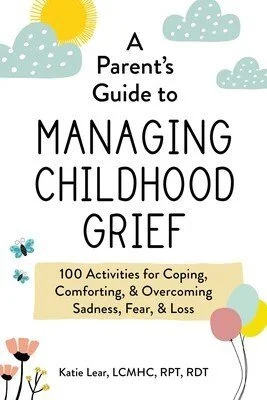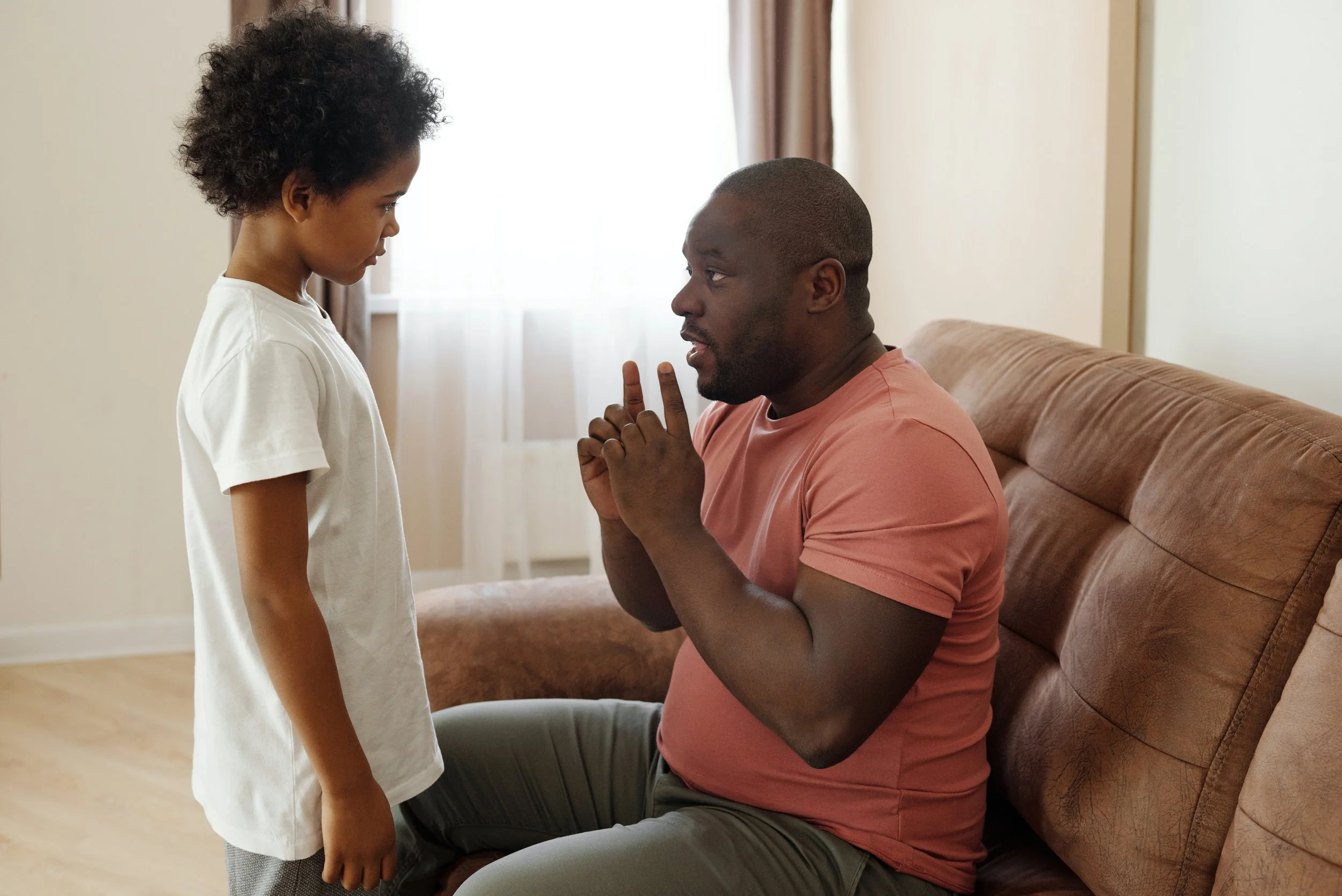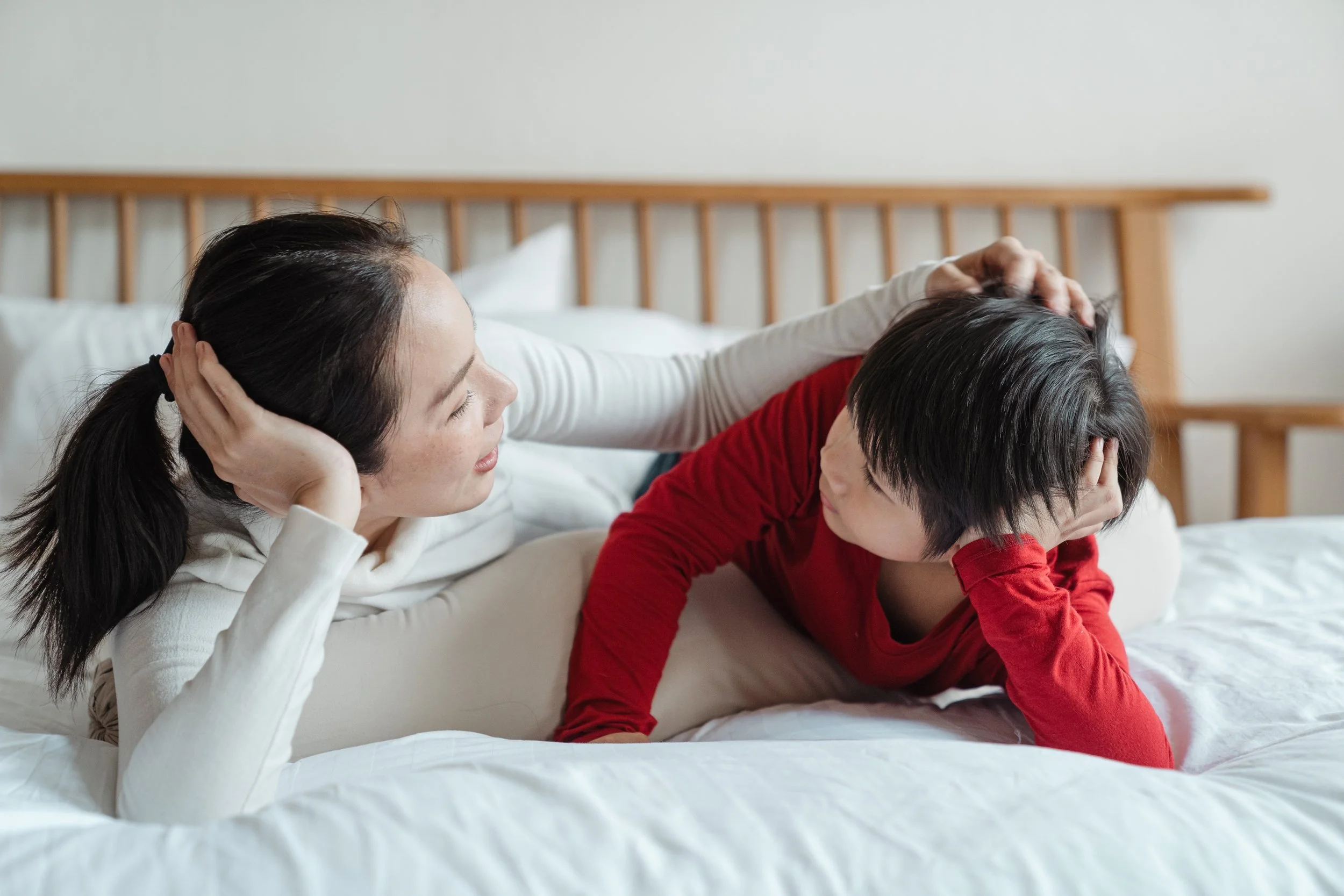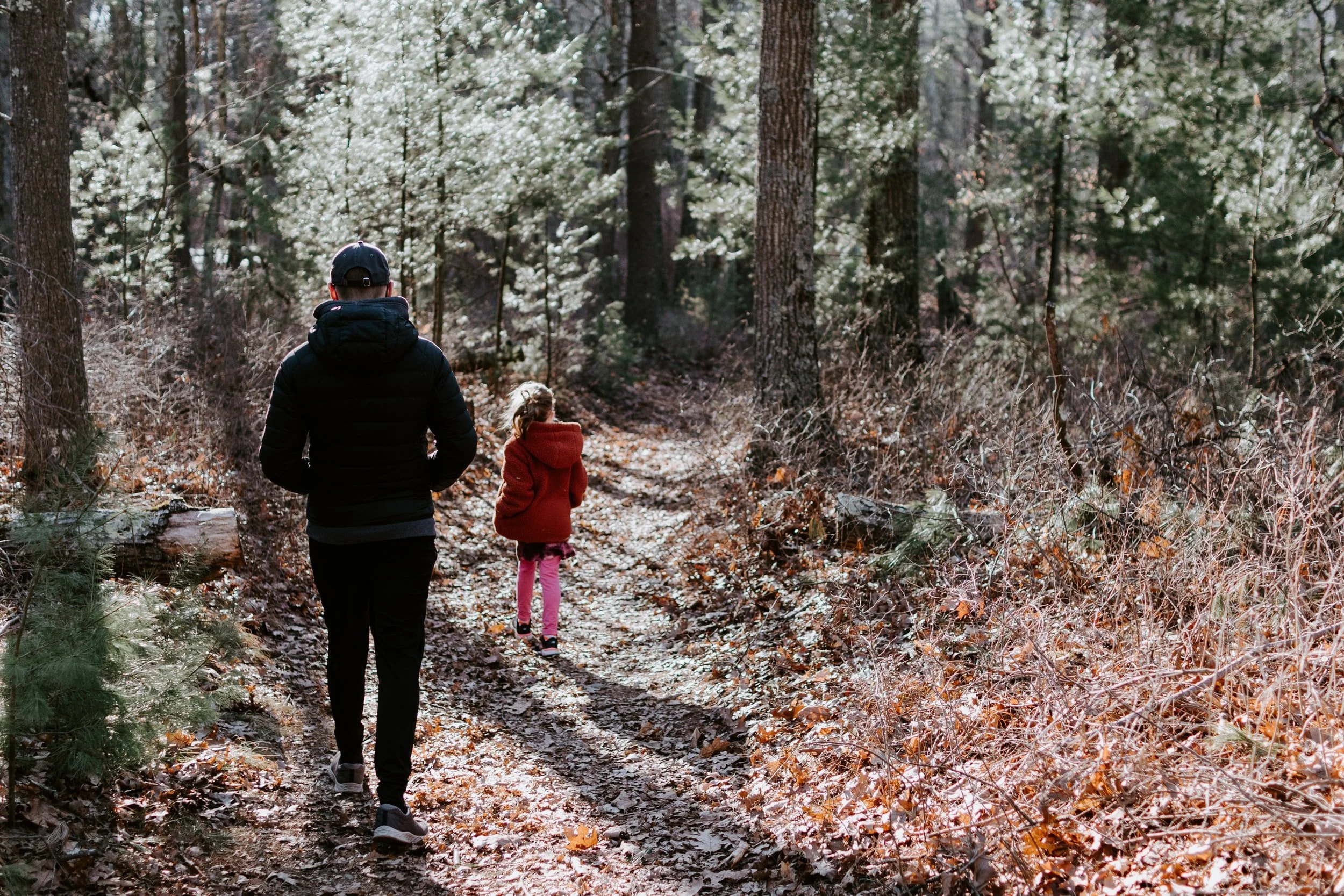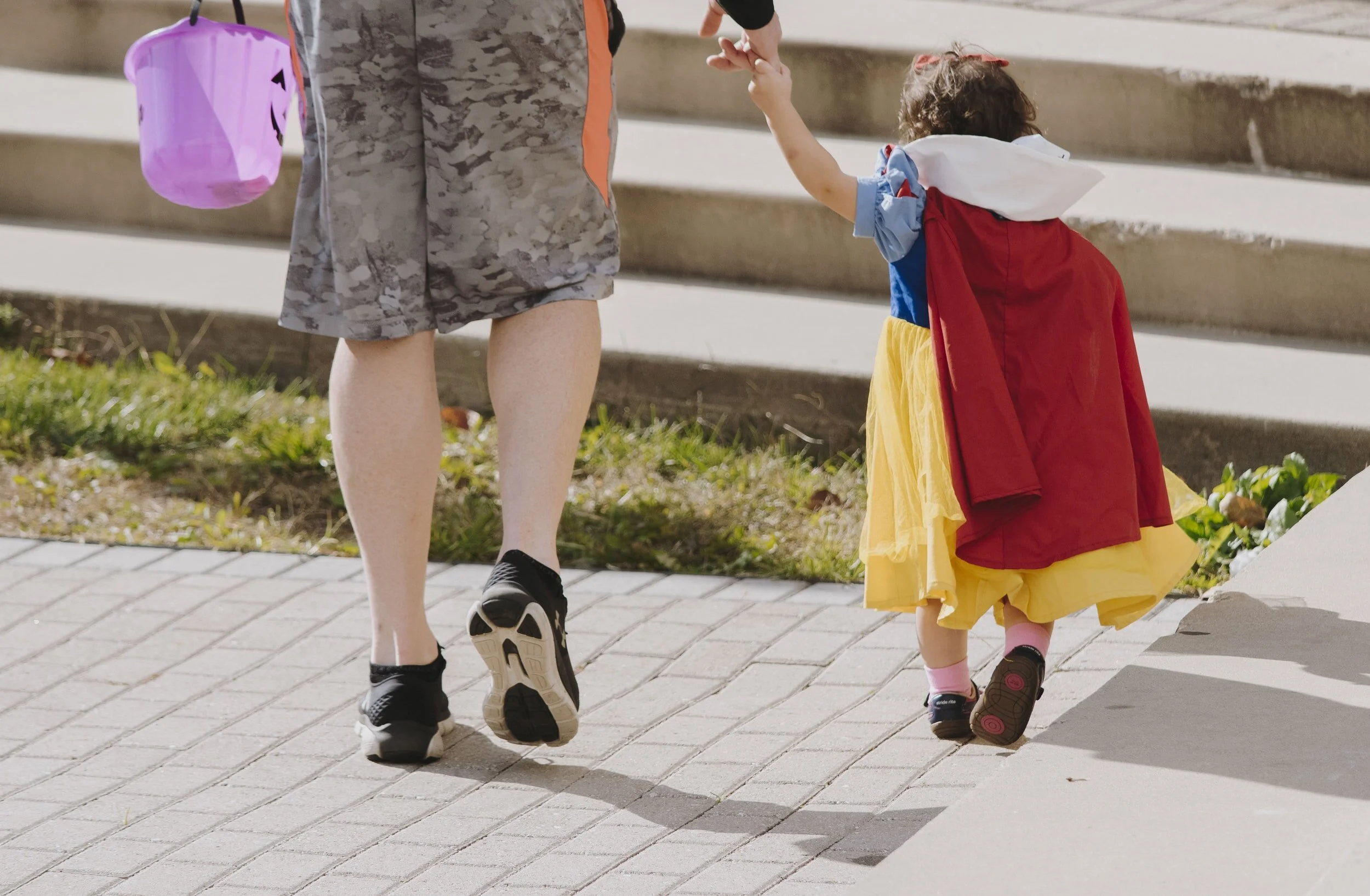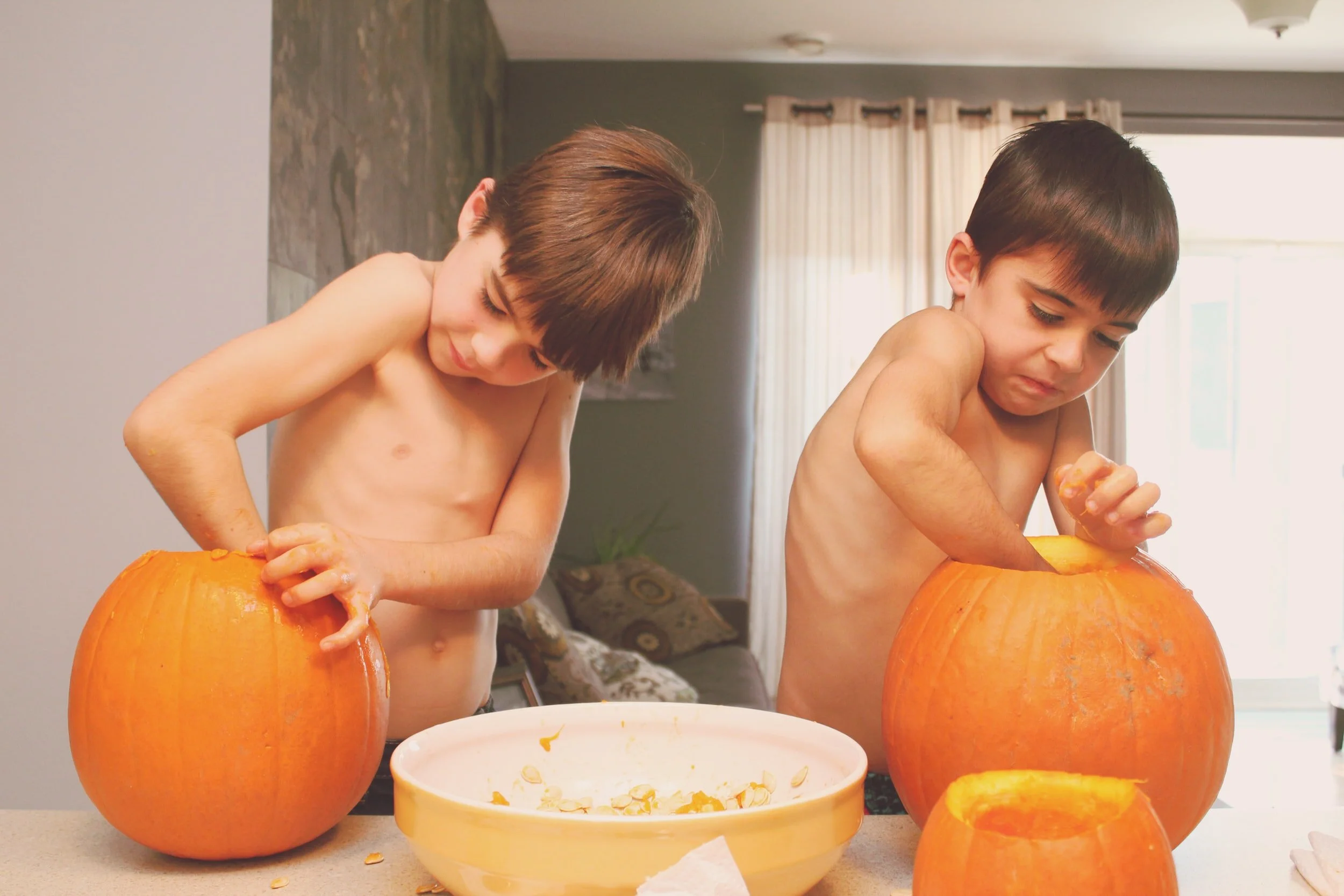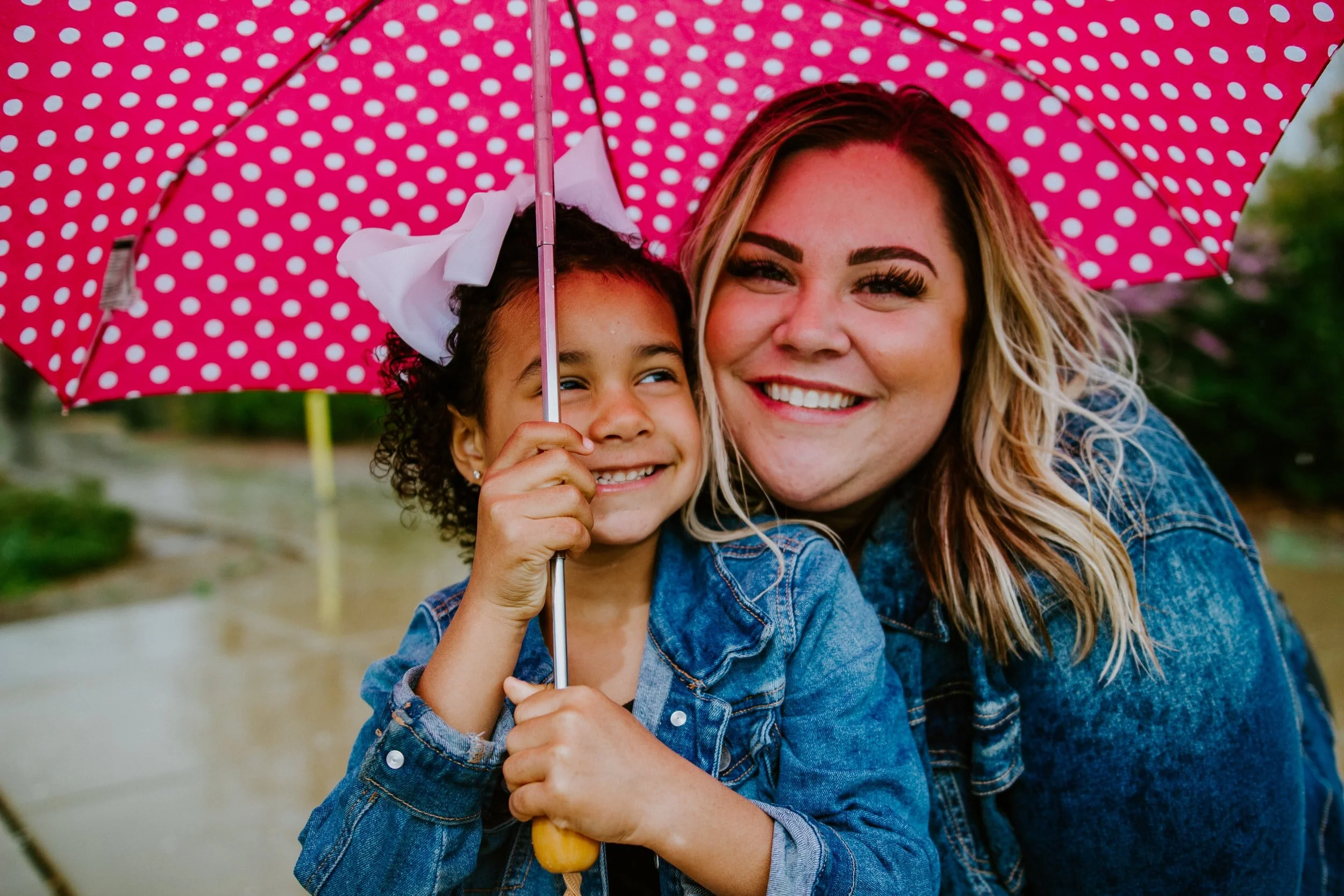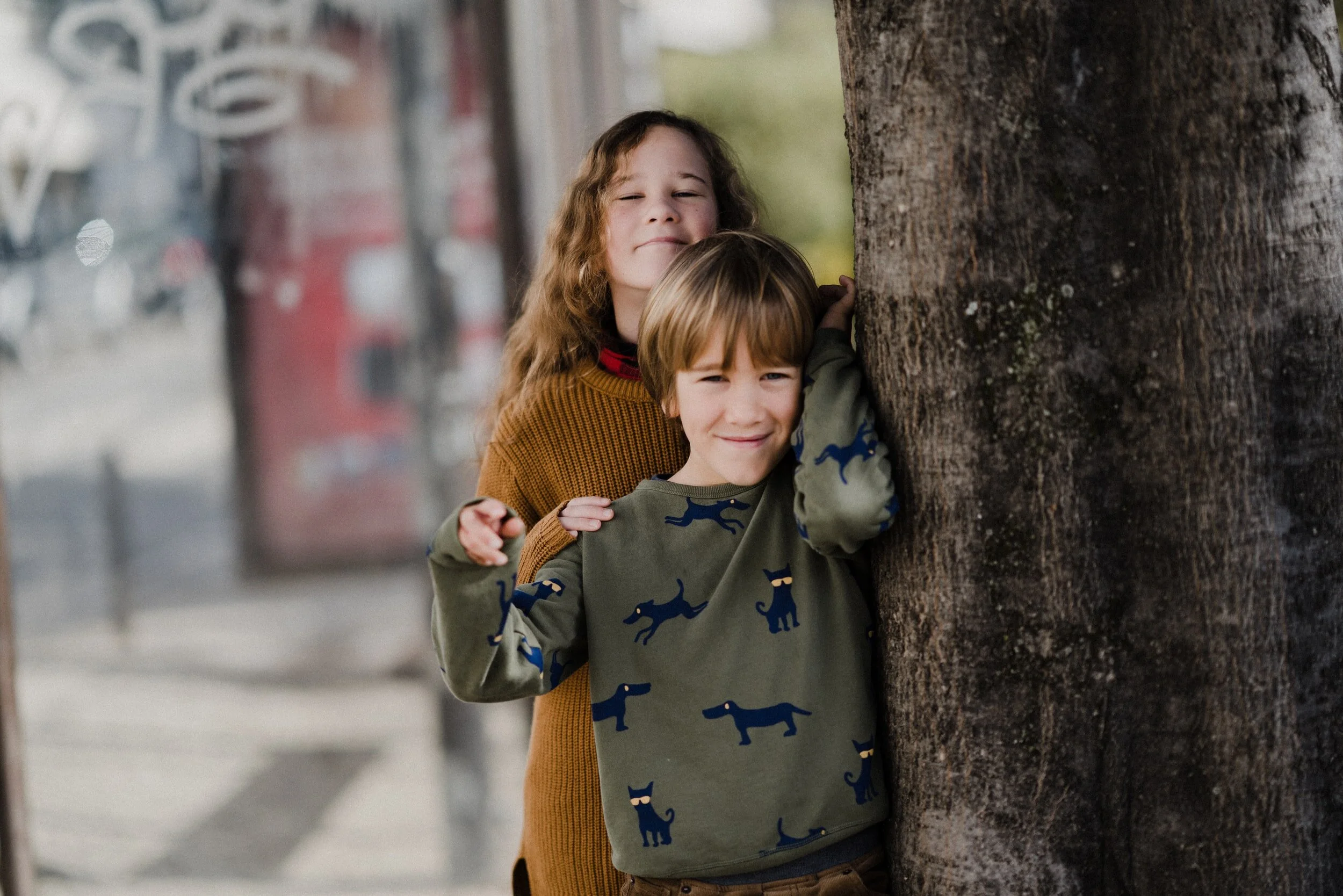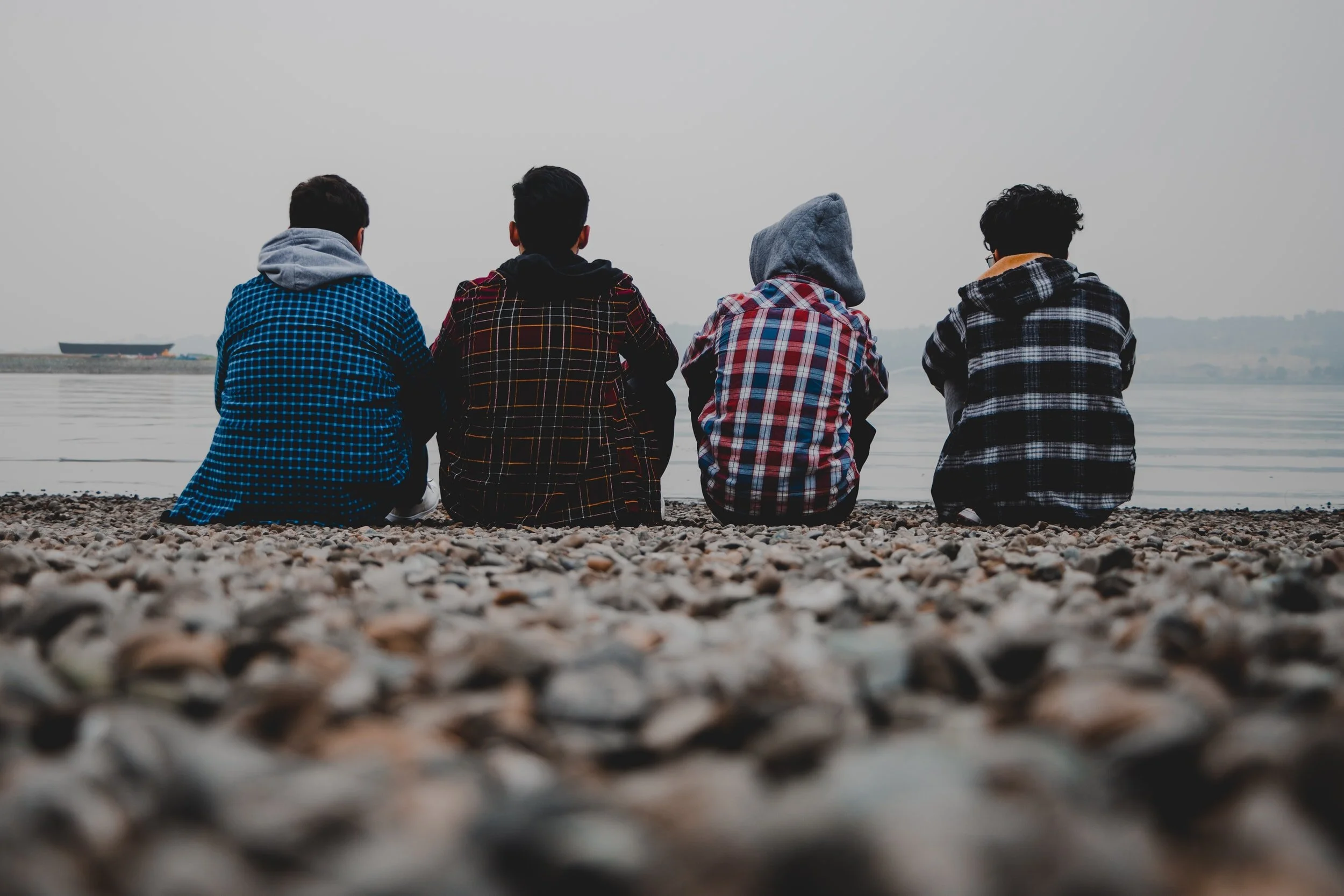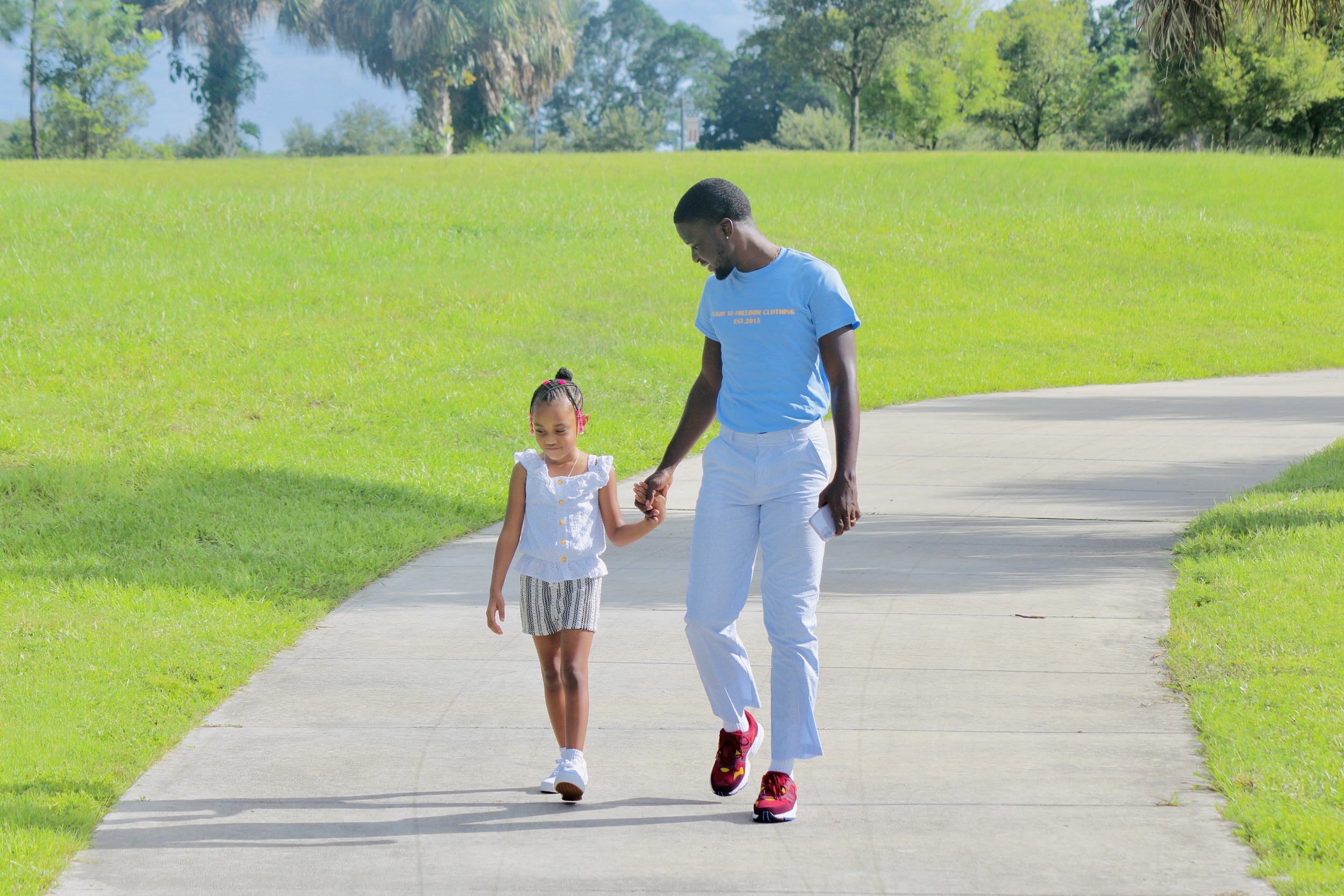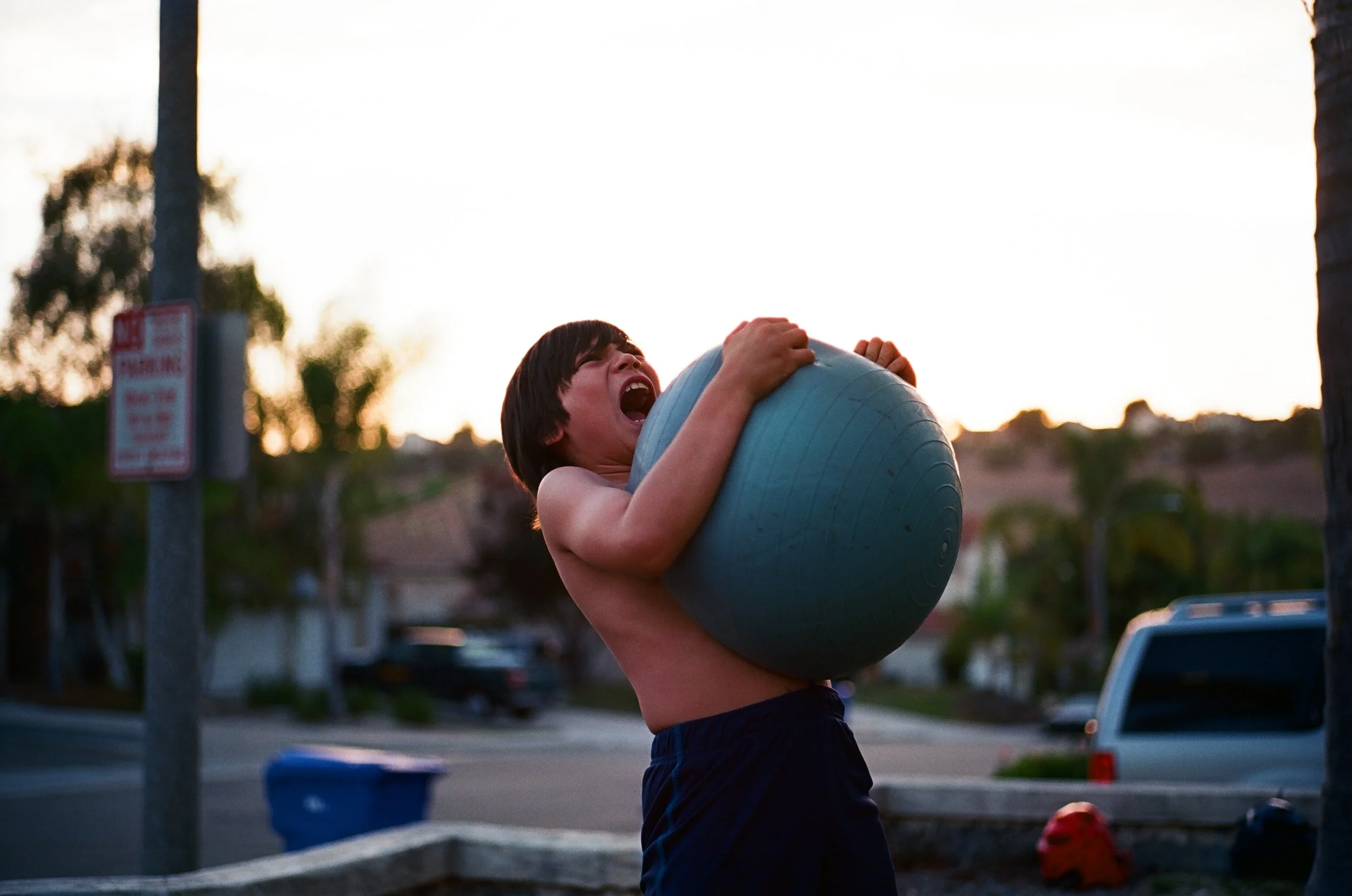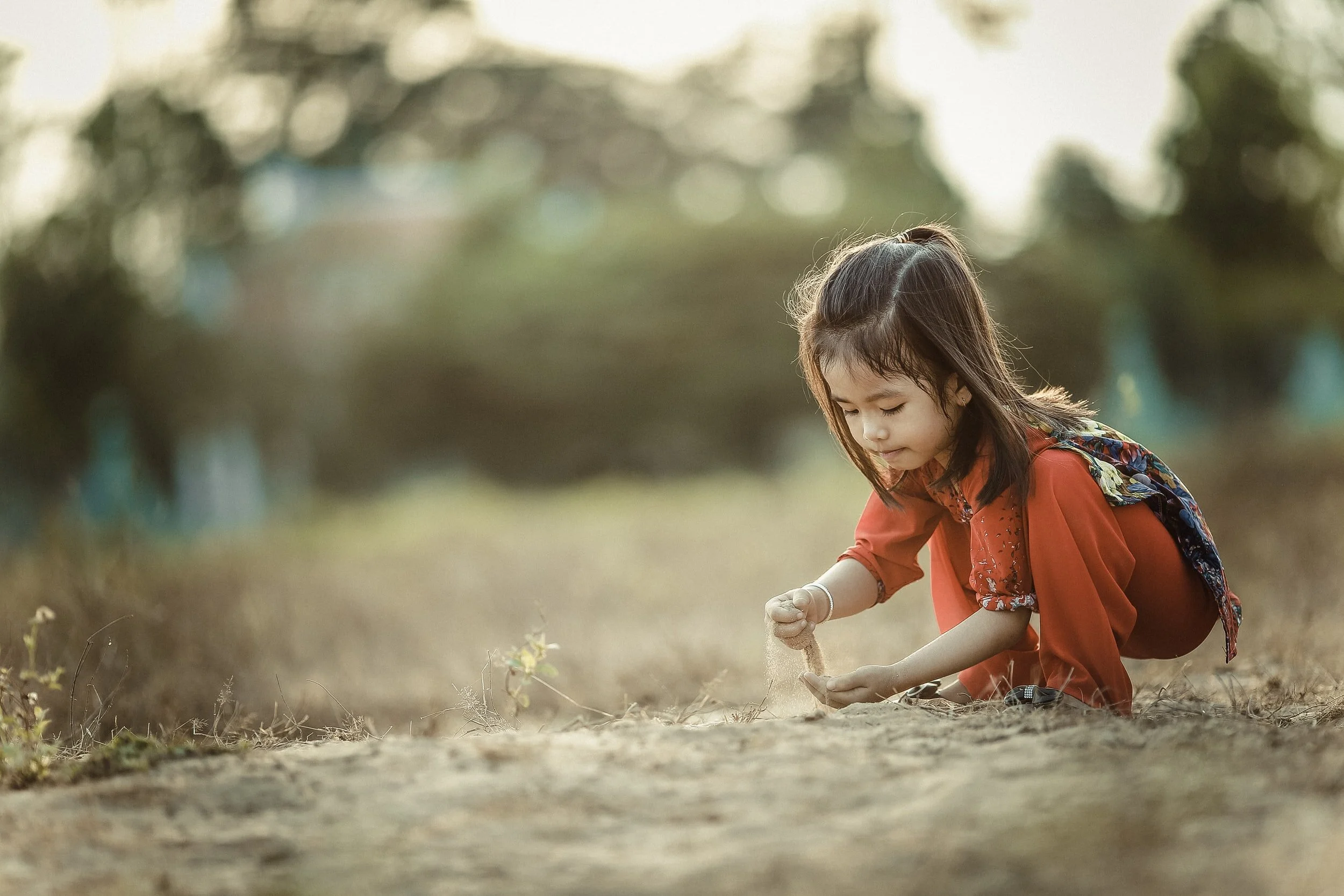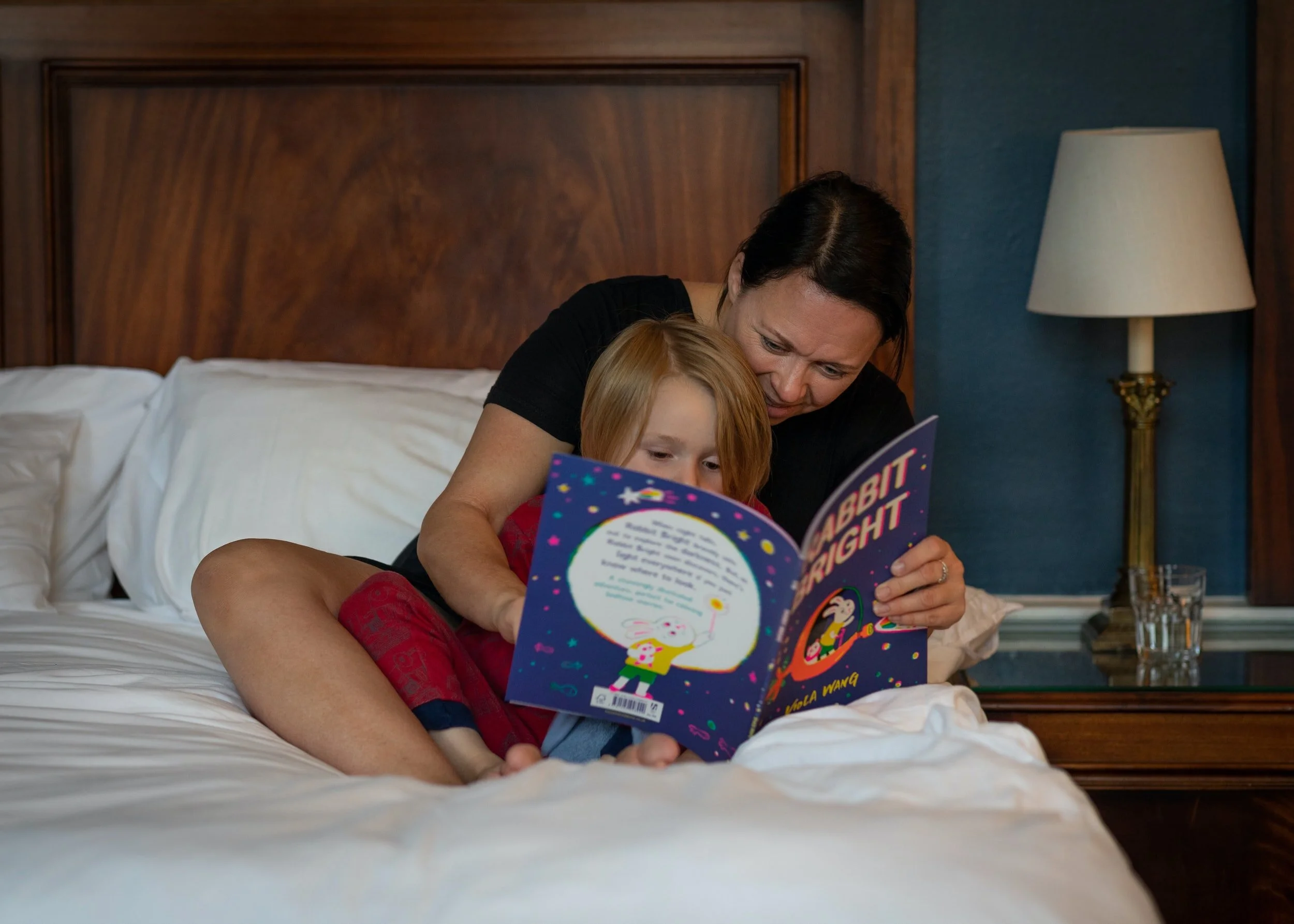Grief can touch every aspect of a child’s life, from their relationships with friends to their thoughts about the future. It’s normal for kids of all ages to struggle with strong emotions after a loved one dies, but they may express their feelings differently than grieving adults. Body aches and pains are common in grieving kids, and you may also notice struggles with separation anxiety, difficulty sleeping, and trouble concentrating at school.
We can’t stop a child from feeling grief, but we can help them work through their feelings and learn to live with their loss. These 5 coping strategies can help your child to process their feelings about the death of a loved one in healthy ways.
Coping Skill #1: Reading Books About Grief and Loss
Reading a story together is a great way to gently introduce the subject of grief and loss to your child. Often, kids don’t have a strong understanding of death before it personally affects them. As hard as it is for adults to cope with a loss, it can be even tougher for children who aren’t sure what exactly is happening. Books about grief provide age-appropriate information that isn’t too overwhelming.
Young children may worry about what has happened to their loved one who died: Are they in pain? Are they scared? Older kids may worry about the thoughts and feelings they’re having in response to grief, and whether or not they’re normal. Children of any age may feel intense guilt about how they treated their loved one, and may even wonder if they somehow did something to cause the death.
When children are better informed, they’re less likely to struggle with worries like these. Seeing how characters grieve in stories give children examples of the many ways grief can look and feel. This can reassure children that no matter how they respond to grief, there is no wrong way to feel. Take a look at my recommended grief books for preschoolers as well as books for elementary-aged kids for ideas to get started.
Coping Skill #2: Scheduling Positive Activities
Sometimes, grieving people need to take a break from their grief. While it’s important to work through the feelings and pain of loss, they can become overwhelming at times. This is especially true for kids, who don’t have the capacity that adults do to handle lots of emotional pain all at once.
When a loved one dies, children may feel like nothing is fun or worth doing anymore. It’s common for kids to retreat from hobbies, extracurriculars, or social events they used to enjoy. Over time, this can lead to feelings of depression, which makes it even harder for a child to get out and enjoy life. A vicious cycle can form where the longer a child self-isolates, the worse they feel.
We can support children in taking breaks from their grief by setting aside time each week for activities that are fun, social, or creative. Tasks that give you a sense of accomplishment when you finish them are great, too. Playdates with friends, a family board game or craft night, gardening, or committing to visiting a new place in your town each week are all ways to help your child stay socially connected even when it feels hard to do.
Once you’ve chosen an activity, make sure to put it on your calendar so you can look forward to it and hold yourselves accountable. Sometimes, kids may feel reluctant to participate when the time comes. That’s okay—you can remind your child that it’s hard to get back to doing fun things after loss. Once they’re immersed in the activity, they may find it’s much easier to enjoy it.
Coping Skill #3: Letting Out Anger
There are many good reasons to be angry when a loved one dies. As a kid, it can feel so unfair to see so many other children enjoying time with their grandparents or other family members when your own time was suddenly cut short. Kids may also be angry at parents, doctors, or emergency workers who had to make medical decisions on behalf of their loved one who died.
It can be hard to figure out how to comfort an angry child, but they need support for their feelings, too. We can provide kids with safe ways to vent anger that don’t hurt people or damage belongings. Drawing a picture and ripping it up can help children release emotion. Other children may enjoy stomping on egg cartons, tearing cardboard, popping bubble wrap, or finding other materials that are safe to destroy.
Anger gives kids a lot of energy, so physical activity can be a big help, too. Any activity that increases a child’s heart rate can help them to discharge angry feelings. Jumping rope, riding a bike, or running laps are quick and easy ways to burn off some extra adrenaline.
Coping Skill #4: Examining Worries
A loved one’s death can change the way a child sees the world. This is especially true when a loved one’s death was sudden or traumatic, such as a death from an accident. Suddenly, the world no longer seems as safe as it used to. Something terrible and unexpected has happened, which makes life feel less predictable.
This can lead to a lot of worries for bereaved kids. They may worry about the health and safety of other loved ones, or about their own risk of dying. Some children may even feel less hopeful about the future, or have a sense that things just won’t turn out well for them in life. In big and small ways, their experience with grief can color a child’s thoughts.
We can help a child to pay attention to their thoughts and not take them at face value. Kids can act like detectives, gently questioning their worries to see how accurate or true they really are. Oftentimes, worries are not based on very much good evidence—they’re just guesses about what might happen in the future.
You can help your child by asking questions like “Do you have any proof that is true?” and “Even if this scary thing did happen, would it be as bad as it seems?” Remind your child of their own strengths and ability to problem-solve, as well as the network of supportive people who could help them in a true emergency.
Books like Tiger, Tiger, Is It True? help younger children to grasp the abstract concept of thinking about thoughts. Tweens can learn about how to “talk back” to worries in my coping skills course, Worry-Free Tweens.
Coping Skill # 5: Letter-Writing
There’s often a lot left unsaid when a loved one dies, especially if there wasn’t a good chance to say goodbye. Children may wish they could apologize for a past argument, share an update about their lives, or simply thank their loved one for the lasting impact they’ve left behind.
Writing a letter gives children a chance to voice all these unexpressed thoughts and feelings. Even though they can’t be directly shared with the deceased loved one, a letter can be read aloud to another supportive adult, like a parent or caregiver.
Letter writing benefits young grievers in other ways, too. Bereaved children need opportunities to tell their story to others and be heard. Repeating their story, and putting feelings into words, helps kids to make sense of what happened to them. The more children talk about their grief, the easier it becomes to discuss. We want to help children feel comfortable sharing their grief, rather than pushing it down.
You can help your child get started writing a letter in whatever format feels best to them: email, a word processor, or old-fashioned stationary can all work well. Your child can address their letter directly to their loved one. If they need help getting started, consider having your child complete a sentence such as:
Something that reminded me of you recently was…
I wish I could tell you…
I want to say sorry for…
My favorite memory of us is…
Once your child has finished the letter, listen attentively as they share it with you. They can then choose a way to “send” their letter to their loved one, such as bringing it to the gravesite or burning the paper and watching the smoke travel upwards toward the sky.
Help Your Child Cope With Grief and Loss
I hope these 5 strategies have given you ideas you can use right away to help your child cope with grief. Working through grief and loss is a long, complicated process. If you and your child could use some more support, here are some more resources for you.
My book, A Parent’s Guide to Managing Childhood Grief, is available for presale now. It includes over 100 activities you can use with your child at home to help them cope with the many feelings and struggles that accompany death and loss. You can find it at any major bookseller, including Amazon and Barnes & Noble.
If your child’s grief is mostly showing up as anxiety, they might benefit from my online coping skills course, Worry-Free Tweens. It offers a more in-depth look at how kids can spot unhelpful thinking patterns, as well as relax the body and mind and gradually face fears. The course includes a section for parents, too, so you can help your child practice new coping skills and empower them to overcome worries.
Finally, if you’re interested in counseling for your child, I may be able to help. As a children’s counselor and play therapist, I can work with families in North Carolina, New York, and Florida, either in person or online. You can reach out to me here.

